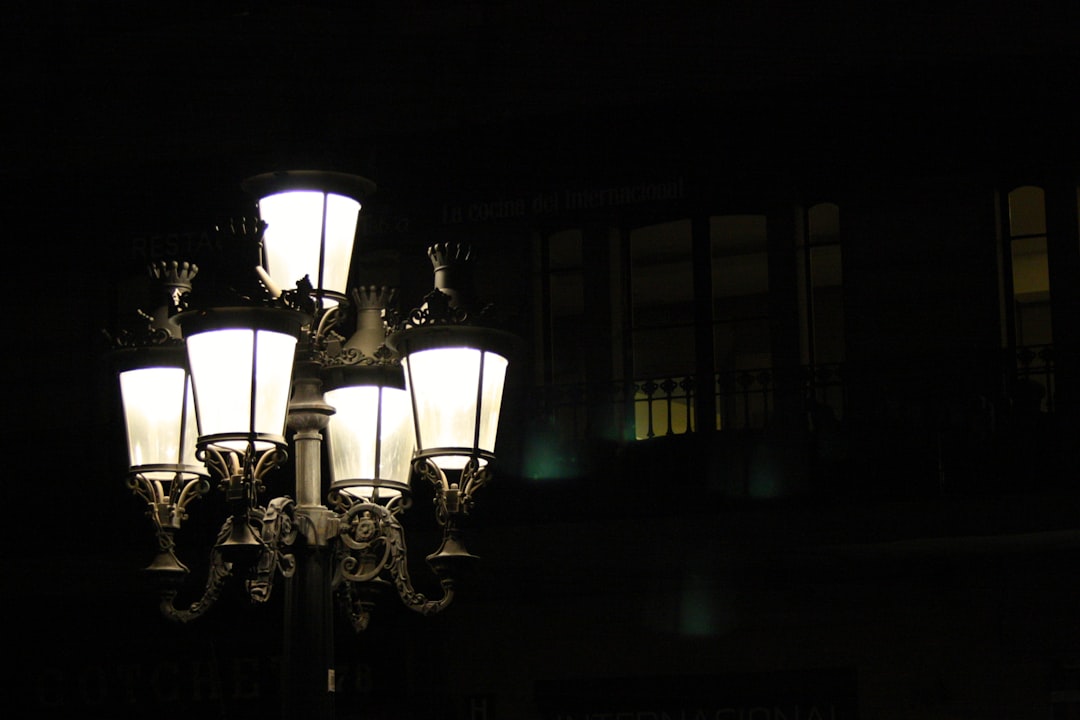Divisiveness Divides: Who Knew?
Research shows fears about right-wing education censorship were warranted
Merriam-Webster picked its word of the year, and it could easily have been the choice of any of the past several: gaslighting. Just one example is how right-wing propagandists and GOP politicians have gaslit the public as they have pushed a slew of education censorship laws.
The effort has been fast and furious. According to PEN America, as of August, “[t]hirty-six different states have introduced 137 gag order bills in 2022, compared to 22 states introducing 54 bills in 2021.” Though far fewer have passed than have been proposed, the effect has been to lay the groundwork for astroturfed groups to politicize Board of Education races and wreak havoc at the local level, with local extremists encouraged and trained to act as instigators and enforcers in school districts.
Lawmakers and activists pretend that these laws are meant to protect children and to reduce divisiveness by regulating education around “divisive concepts.” Some of what these laws actually do is restrict students’ ability to learn about the history of race in America and the histories of diverse Americans, to discuss and debate current events, and to freely read books by and about LGBTQ+ people and people of color.
Now, new research from UCLA shows the early success of this effort to divide us while decrying divisiveness. As Jennifer Rubin put it in the The Washington Post, the report “confirmed that organized campaigns have attempted to intimidate public schools and force changes to align with right-wing ideology.”
The report, Educating for a Diverse Democracy: The Chilling Role of Political Conflict in Blue, Purple, and Red Communities, is based on a survey of 682 public high school principals earlier this year. Some of the disturbing findings:
69% of principals reported “substantial political conflict over hot button issues”
45% reported that this conflict is higher or much higher than just a few years ago
50% reported parent or community efforts to limit teaching about race and racism
48% reported efforts to restrict the rights of LGBTQ+ students
64% reported challenges to the information sources used by teachers
39% reported efforts to prevent social-emotional learning
Importantly, this political assault on schools and the atmosphere it creates is having immediate, harmful effects on children:
69% reported students disparaging classmates’ political beliefs
49% reported students using unreliable information sources
More schools reported official policies have been instituted to
limit learning about race and racism
Fewer schools are training teachers in how to handle controversial topics and difficult conversations
24% reported multiple attacks on LGBTQ+ students
The researchers found that the divisive effects of this campaign are meaningfully worse in districts where there is a partisan split among voters. This disproportionate impact on purple districts is true across measures and is the result, as the report notes, of a concerted, coordinated, targeted effort. If the goal was to inflame and mobilize GOP base voters or to stoke generational hate between neighbors, it looks successful.
The political assault on schools from the right cannot be downplayed or ignored. Isabela Dias in Mother Jones highlights how the environment is likely to drive more administrators and teachers — increasingly subject to threats, intimidation, and harassment — out of their profession. And the follow-up interviews the UCLA researchers conducted with some of the principals bring depth and a reminder of the human toll the statistics broadly reveal.
If the goal was to inflame and mobilize GOP base voters or to stoke generational hate between neighbors, it looks successful.
We don’t directly hear from the students in this report, but we can too easily imagine them: the Black student being debated with rank falsehoods about slavery, the Jewish student seeing books about the Holocaust removed, the gay student being smeared as dangerous to other children.
We don’t hear directly from the American student learning how not to vet sources, how not to read, how not to discuss, how not to debate, how not to collaborate, how not to achieve aims, how not to seek help. One principal explained that in the midst of a pandemic he gets “more questions about masks, CRT, and library books than questions about students’ wellbeing.” We can’t just worry about educators leaving their jobs; we need to worry about educators being prevented from doing their jobs.
Our schools should be where we conduct fundamental work toward, not against, democracy. Whether we live in blue, purple, or red districts, the voices in this report should motivate us to get more involved in helping those who work in them:
I believe that schools should promote diverse thinking, protect students who may be in a minority of thinking or lifestyle, and teach students to respect everyone.” - Principal, Texas
[We’re] modeling ways to have conversations about things that make you uncomfortable…We’re also showing people how to bring their best selves to situations where things are a little uncomfortable. So in the end, what we’re doing is creating a better society, better citizens.” - Lisa Decker, Wisconsin principal
There’s a website with resources for those who want to help: Democracy and Education, developed by education expert, formerly of the Education Trust, Karin Chenoweth.





